Calen asks about planting on mounds in fast-draining, sandy soil:
“I’m a native Cracker from [coastal Florida]. I’ve been homesteading on ancestral farmland with a survivalist and traditionalist mindset for three years now. All heirloom and organic, etc. I own all of your books, and they, along with your blog and videos, have been the most helpful gardening advice that I’ve ever found anywhere. Last year I grew tons of Seminole pumpkins with great success using your “melon pits.” I passed that along to many friends who did likewise. I also plant the pumpkins in many “guerrilla gardens” in the swamp and backwoods on public land, and that’s worked out great as well. I never revisit them until harvest time, and they normally do better than my tended ones. Anyways, this year I want to give the three sisters a try. My plan is to use Jimmy Red corn, Cherokee black pole beans, and Seminole pumpkins. Pretty much everything I read says to plant on mounds. However, my place is high, dry, east-bank-of-Lake George sugar sand. Is mounding the way I should go? We didn’t even have standing water during the past two hurricanes. My thought was to maybe do these in slight pits like the melons and pumpkins but wanted to see if you had any advice on the subject? Thanks for your time.”
Fantastic. It’s good to hear from a fellow Floridian.
Mounds are what you always hear about. It’s even on the back of the seed packets. Calen is right to question the practice in his soil conditions.
For people who haven’t planted in “sugar sand,” it’s hard to explain how very hot, dry, and fast-draining the stuff is. It contains almost no humus and needier crops planted in sugar sand need almost constant watering.
My old homestead in North Florida had large patches of almost sandy loam with smaller granules which would hold water for longer. There, I would double-dig and loosen the ground to plant, which would mound it up somewhat.
Those loose raised beds did very well, so it would be easy to say, “Oh yes, Calen, go ahead and plant in mounds—it works in Florida!”
But sugar sand isn’t the same as the soil above. Just because something works in one area of a state doesn’t mean it will work in another. And in his area, I would try to stay as flat as possible.
When you raise the height of the soil in one area, the water will drain out of it faster as it finds its level. You really can’t afford to let that happen. If he’s not holding onto water even after a hurricane, raised beds and mounds, unless amended with extra compost before every planting, are not the way to go.
You might want to go even further and grow in sunken beds, as is sometimes done in the Southwestern U.S.
Even across my old homestead, the backyard was loamy and the front yard was sandier.
This is how I used to plant melons and pumpkins in my fast-draining front yard:
Those are sprouting legumes, by the way. In the winter I would plant melon pits with cool-season legumes like lentils, chickpeas, peas, and fava beans to feed the soil and pave the way for the curcurbits I planted in the spring.
Read More: “No Bare Soil! Vegetable Garden Cover Crops”
I would try planting in sunken beds, Calen, and see how it works. If you really want to see if it makes a difference, plant one area flat, one area in sunken beds, and one area on mounds, then compare how they did over the season. That would be a really good way to gain a bunch of data from one growing season.
I planted corn in flat ground when I had a sandy area:
And on mounds in clay:
You’re right to think outside the mound, and you get serious extra points for guerilla gardening Seminole pumpkins. The melon pit method is one of my favorite discoveries.
If you’re reading this and don’t know what Calen is talking about, here’s how to make a melon pit:
In sand, dig deeper and go for an indentation instead of a mound.
What about you? Have you had success planting on mounds in sandy soil? What about with using melon pits? Let me know in the comments below!
David The Good is a Grow Network Change Maker, a gardening expert, and the author of five books you can find on Amazon: Compost Everything: The Good Guide to Extreme Composting, Grow or Die: The Good Guide to Survival Gardening, Totally Crazy Easy Florida Gardening, Create Your Own Florida Food Forest, and Push the Zone: The Good Guide to Growing Tropical Plants Beyond the Tropics. Find fresh gardening inspiration at his website TheSurvivalGardener.com and be sure to follow his popular YouTube channel.
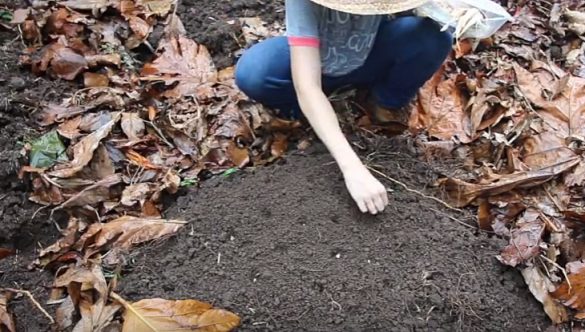
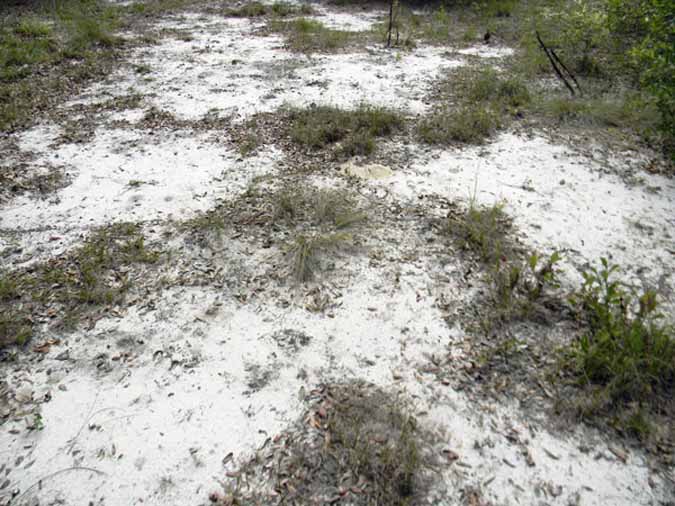
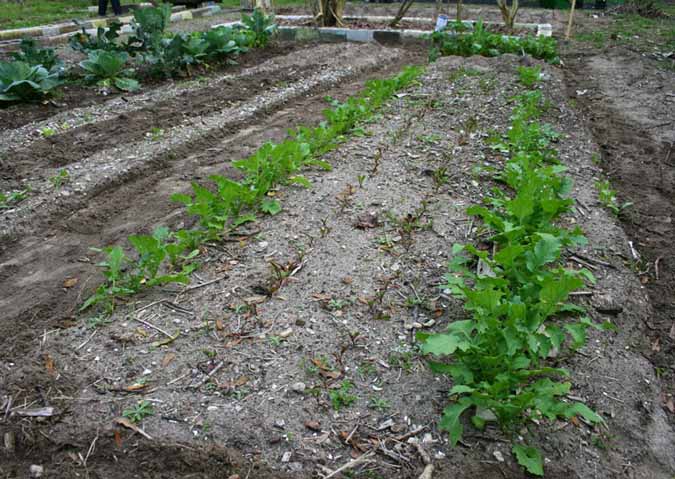
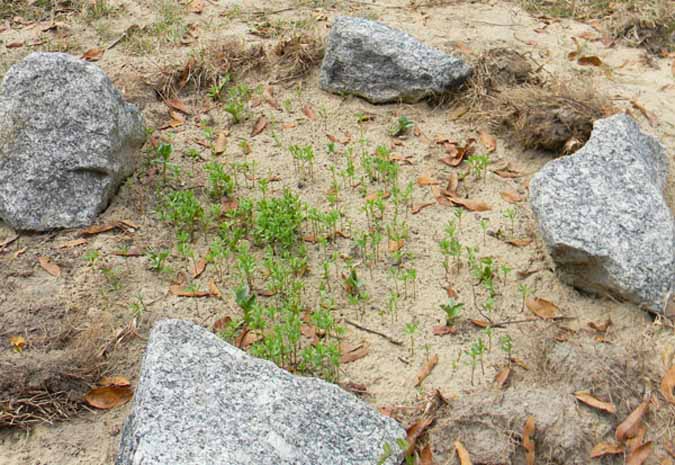
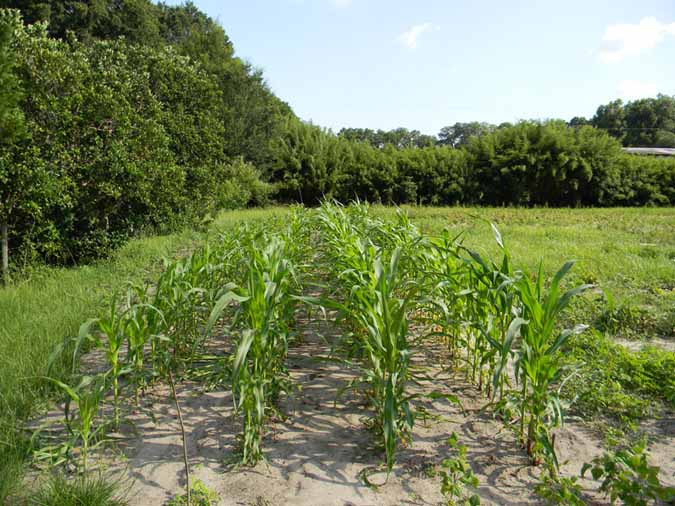
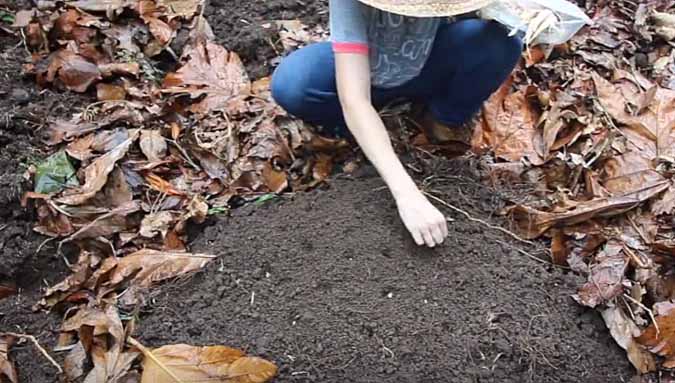








COMMENTS(3)
I love it. Thanks. I’ve never had the challenge of sand here in Arkansas. I’m sitting on all clay and rocks.
Its so interesting that this article hit my inbox today, because guess what I found growing in my compost pile a few weeks ago? A pumpkin vine!!!! I was shocked. I have been turning the pile regularly and it was looking ok, but then we had 2 weeks of rain and I couldn’t do it. I live in Florida as well, I have sandy soil on some parts of my property. I started the compost pile because I will starting an organic garden soon. The pumpkin is growing in a compost mound of sorts, and its doing great. I have a little pumpkin already the size of the palm of my hand. I didn’t anything for it, just was raining like crazy. I suddenly had to research what to do and how to take care of it. Hope Calen has some luck growing pumpkins. He might be doing alot of watering. BTW, I don’t know how I have a pumpkin growing since last year I bought only one pumpkin (a mini variety), don’t know the name yet. I took all the seeds out of it to roast them in December. I can’t even remember the color! Now I have a free vine. Going to transplant it to my garden area ASAP, wonder if they come back on their own each year???
When we lived in Pensacola, FL, Navy Pointe, Grande Bayou we could see the bay from our front porch and although our yard was teensy Ivan had literally scooped all sand/dirt away from the cottage and to me the whole yard was low. Every yard waste day I sent my husband around with his truck and for the first year and a half I literally buried around 80 bags of mostly live oak leaves, pine needles anything green or brown I could get my hands on except Oleander leaves and that green dollar weed, ugh. I even dug a section of yard poured in leaves, put the sand back on and reworded with pieces of St. Augustine from the edge of my neighbor’s drive and her weeding. There was not a thing in the yard, but a Palm tree and a few Easter lilies when we moved in, oh and some ginger out back. The very first year because everything grows twelve months the grass grew in, the flower beds were edged in a few found wayward sprigs of monkey grass, the vegetable garden to me was still a sandbox and I remember coming from Alabama I had always grown on one foot wide raised beds, but the water drained so fast even with me dumping everything in, forget composting, I was desperate. Well, I finally settled for fairly flat with just enough of a valley to run storm water down and out the end and it worked great! But, then I learned a nasty lesson about nematodes and why all my neighbors who I had thought were a little crazy had there tomatoes in five gallon plastic buckets. Ugly, but, I learned if I were going to enjoy a red tomato I was going to have to learn to love. At the end of my third year I had heard of an heirloom cherry tomato from the Florida Everglades that stood up against nematodes, but I cannot say as we moved. If anyone lives there they sounded worth the try:)! Thanks for another great article! I still have not ever grown a pumpkin, except for rogue ones in compost heaps so maybe they love rich, heat? Or maybe they don’t love me? I am going to be reading your articles on pumpkins! I am persistent! I try every year, lol! Ever the optimist:)!